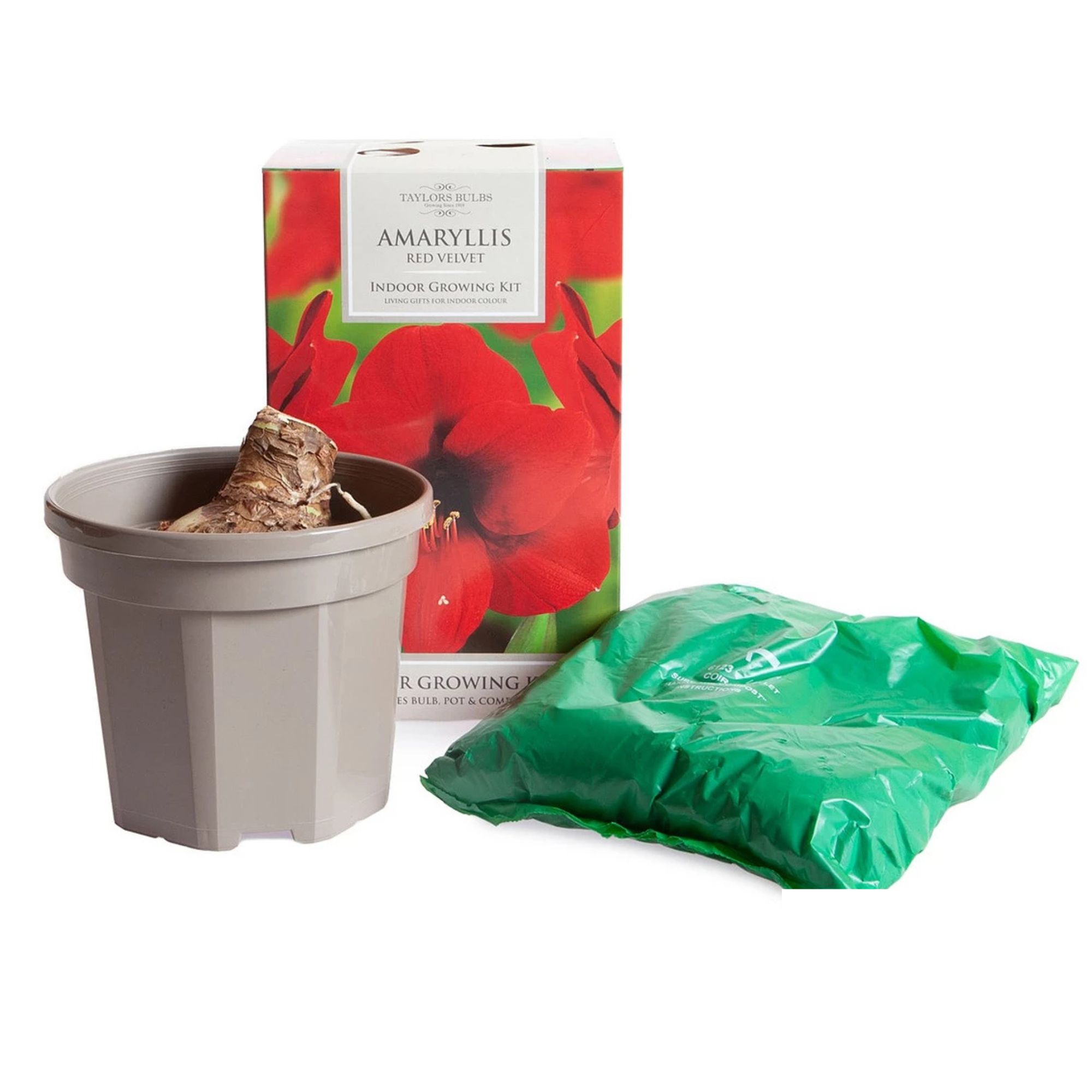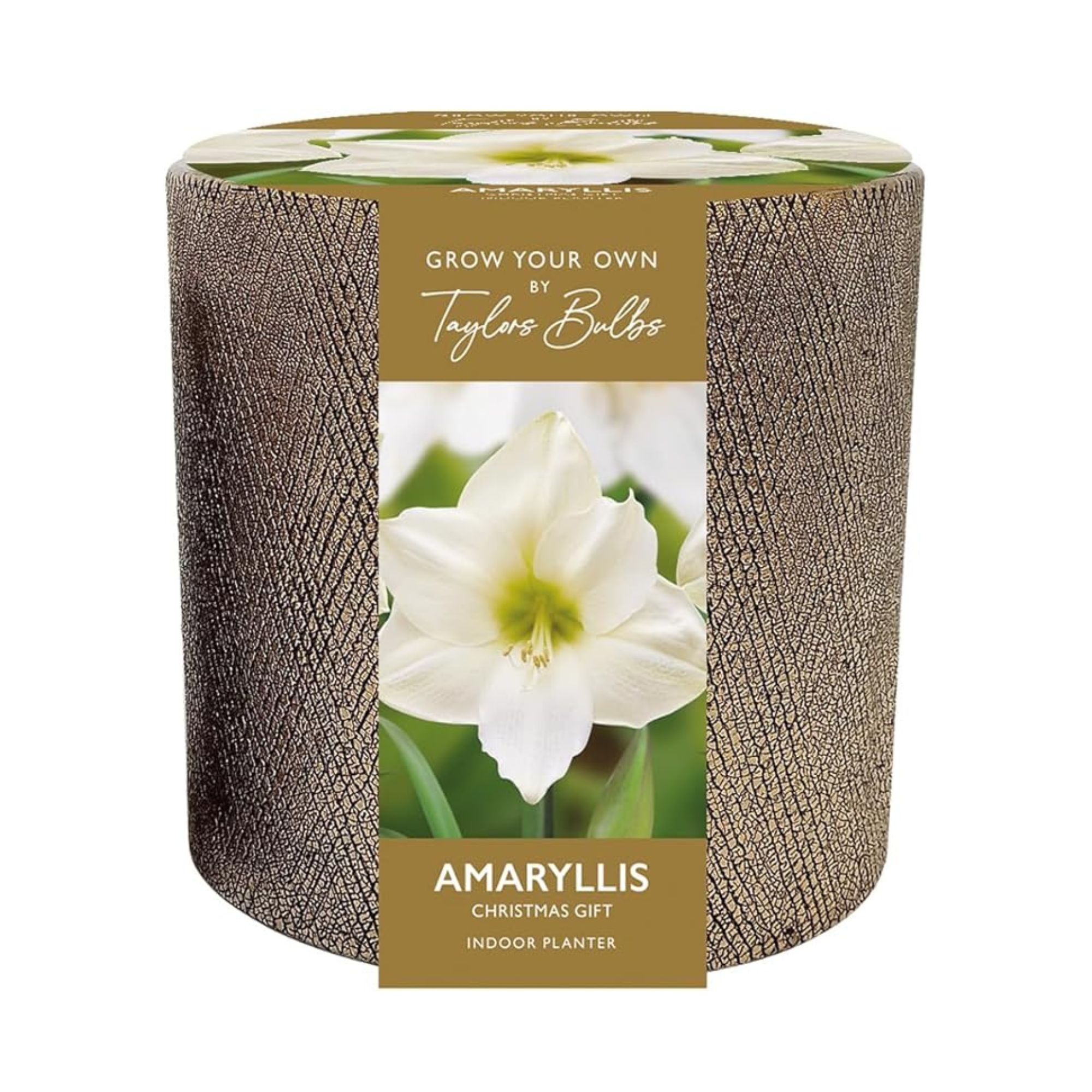When to plant amaryllis bulbs for blooming plants over the Christmas period
You'll need to act fast if you want to add this beauty to your Christmas table
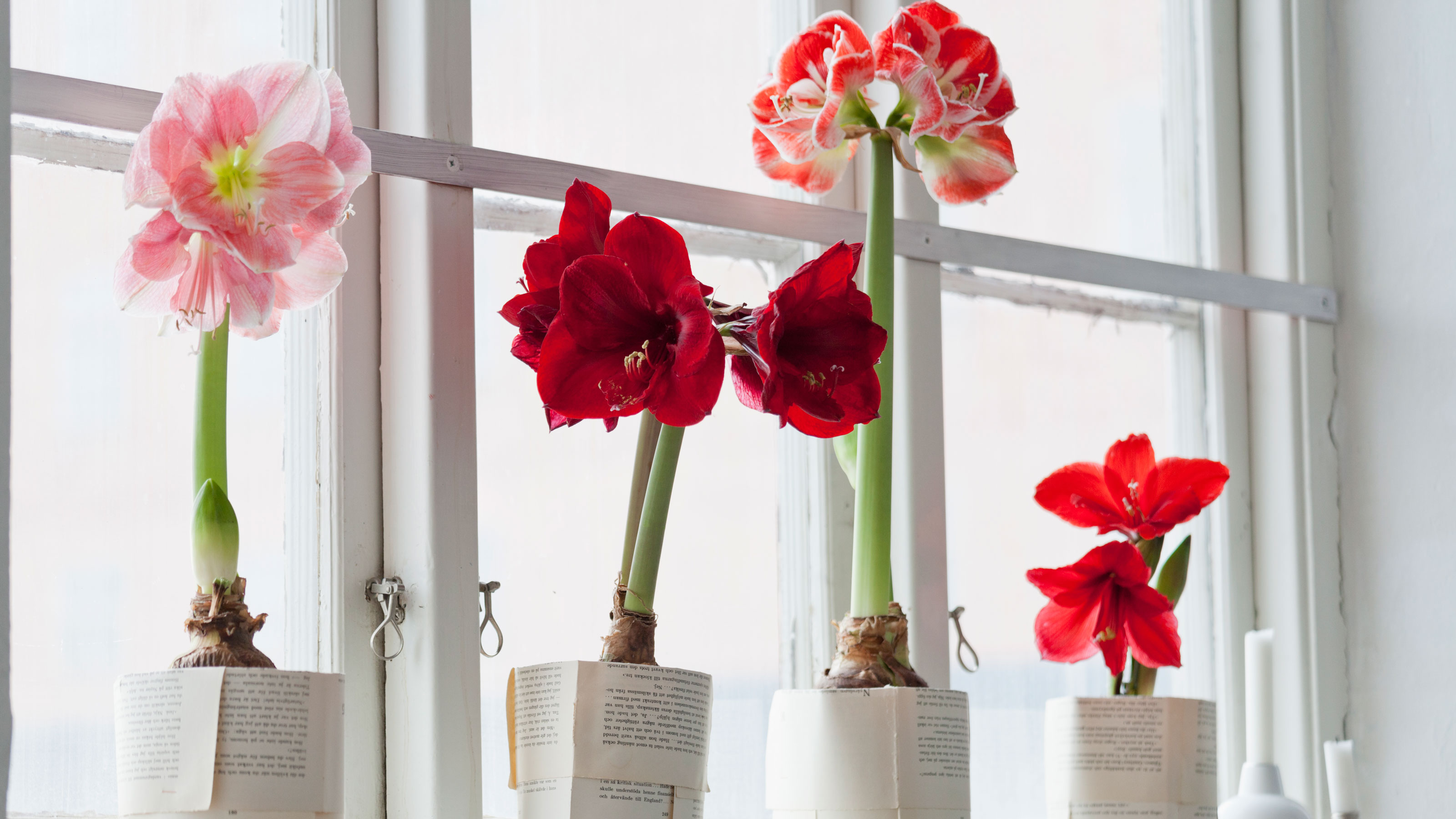

Often associated with Christmas thanks to its stunning winter blooms, amaryllis is a welcome addition to any festive table. However, you will need to know when to plant amaryllis if you're hoping to add this beautiful flower to your Christmas decorating ideas.
Although the pink and red flowers of amaryllis will brighten up your garden or windowsill during the depths of winter, you need to know how to care for amaryllis. After all, this stunning plant has some very specific growing requirements - especially in terms of timing. They need to be planted at just the right time, and that right time is right now if you want to make the most of this stunning plant this Christmas!
To help you enjoy the delights of this beautiful winter flower and to ensure it blooms exactly when you want it to, we’ve put together the ultimate guide on everything you could possibly need to know about when to plant amaryllis bulbs. So, make sure you don’t miss the boat.
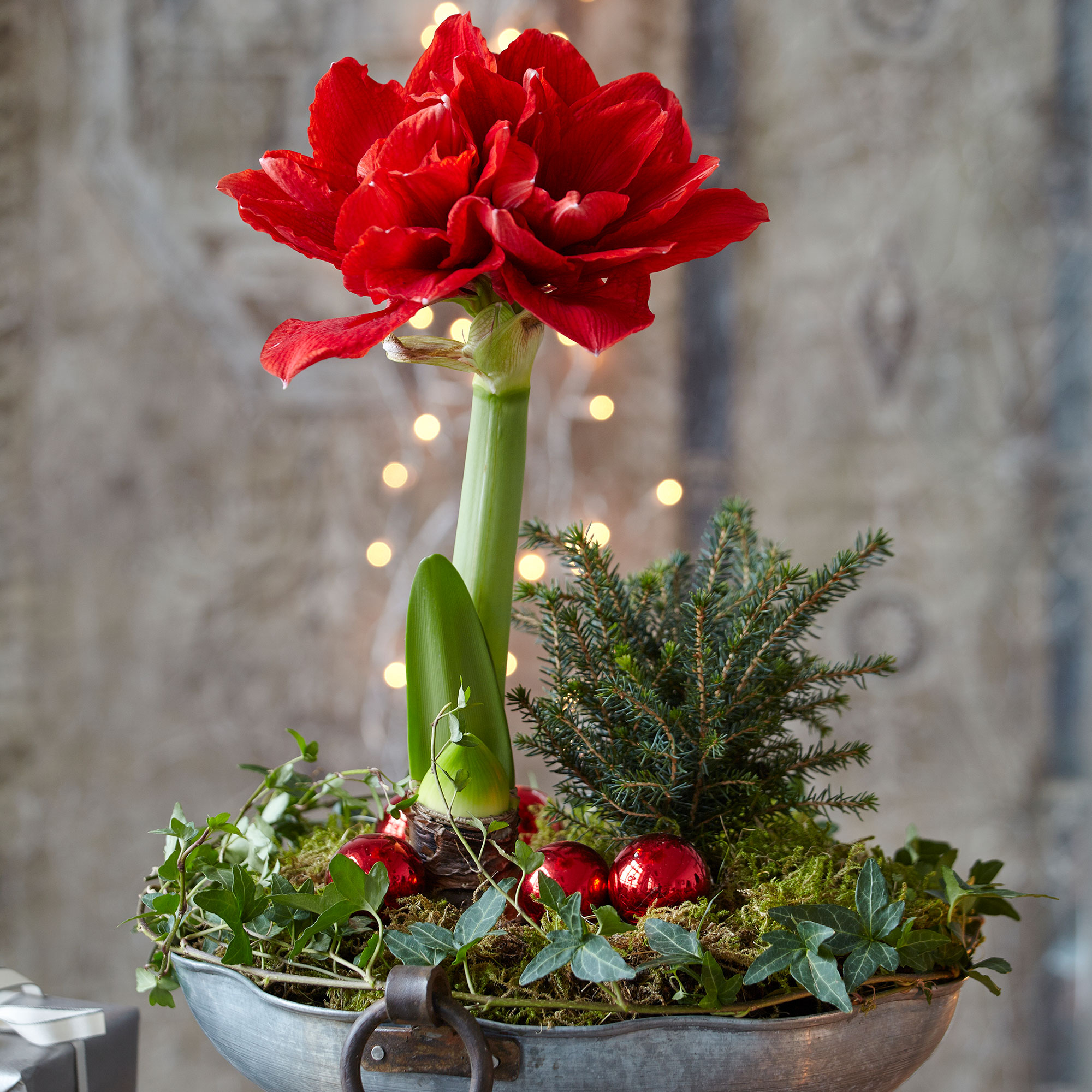
When to plant amaryllis
As Gardening expert Oliver Johnson at HomeAdviceGuide.com explains, ‘Amaryllis are beautiful flowers to grow especially in winter when little else is blooming. They make wonderful houseplants and are ideal as a stunning Christmas gift. Luckily, they are easy to grow and relatively simple to care for.’
In fact, amaryllis typically blooms for around 7-10 weeks every winter, but planting at the wrong time could be the reason why your amaryllis doesn’t flower. So, to understand when to plant amaryllis, you need to focus on when you want it to bloom.
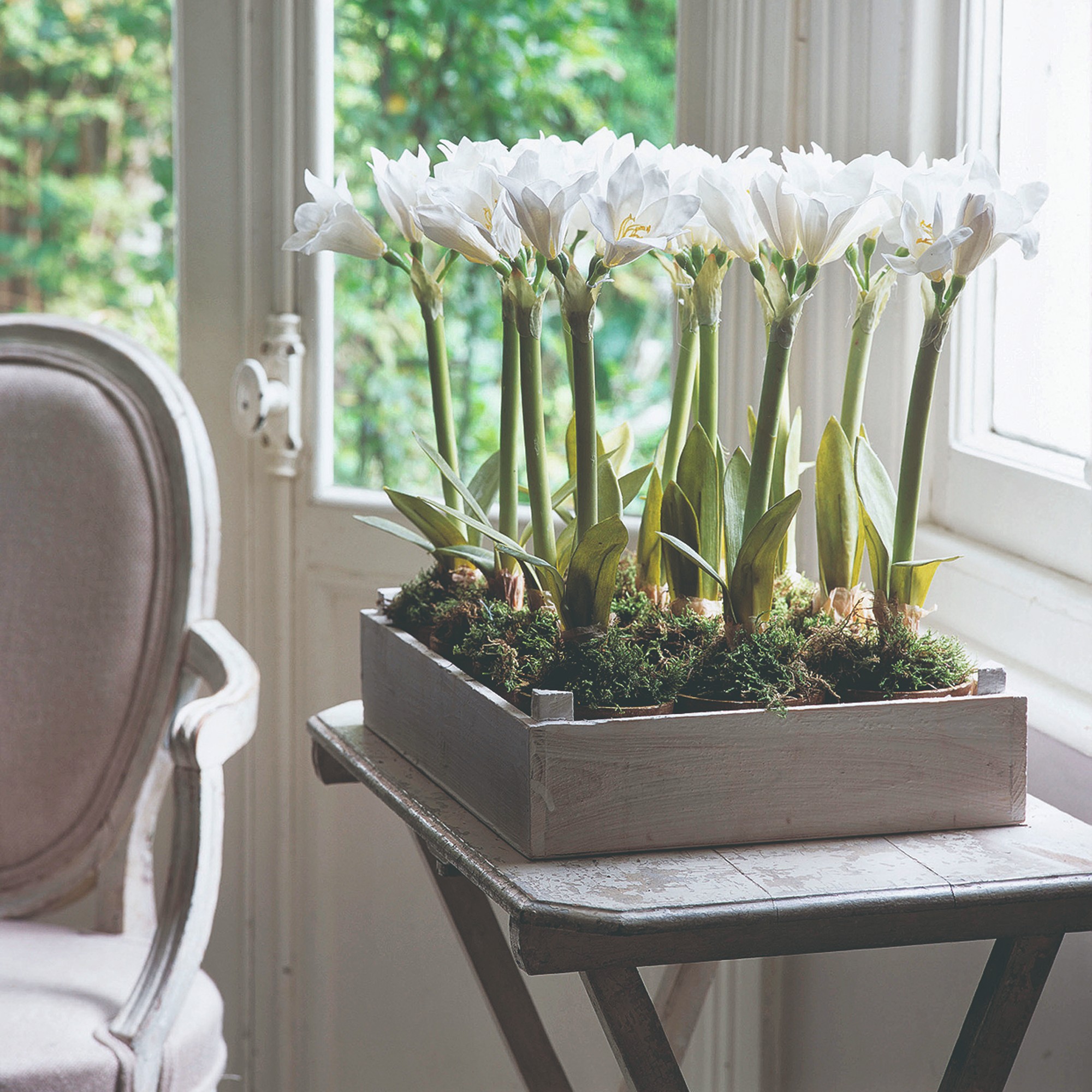
All in all, amaryllis bulbs take around six to eight weeks to bloom. This means that you need to be strategic if you want to guarantee that these stunning flowers will be on show as a Christmas table centrepiece idea.
Generally, ‘The best time for planting is between October and January’ says Oliver. However, if you want to make doubly sure that this festive plant blooms on the big day, you may want to consider planting a little earlier in September.
Get the Ideal Home Newsletter
Sign up to our newsletter for style and decor inspiration, house makeovers, project advice and more.
If you’re not fussed about this festive addition and are just looking to add some colour to your home during the gloomier months, though, you can plant your amaryllis bulbs later than that.
Steve Chilton, garden expert at LeisureBench, says, 'If you want them to flower in early spring, then January is better.'

Steve is a passionate and knowledgeable garden expert with several years of experience within the field and has developed strong expertise for all things nature and plants. Steve is a keen educator and loves to share this knowledge with others. He strives to simplify complex garden practices and encourage eco-friendly gardening.
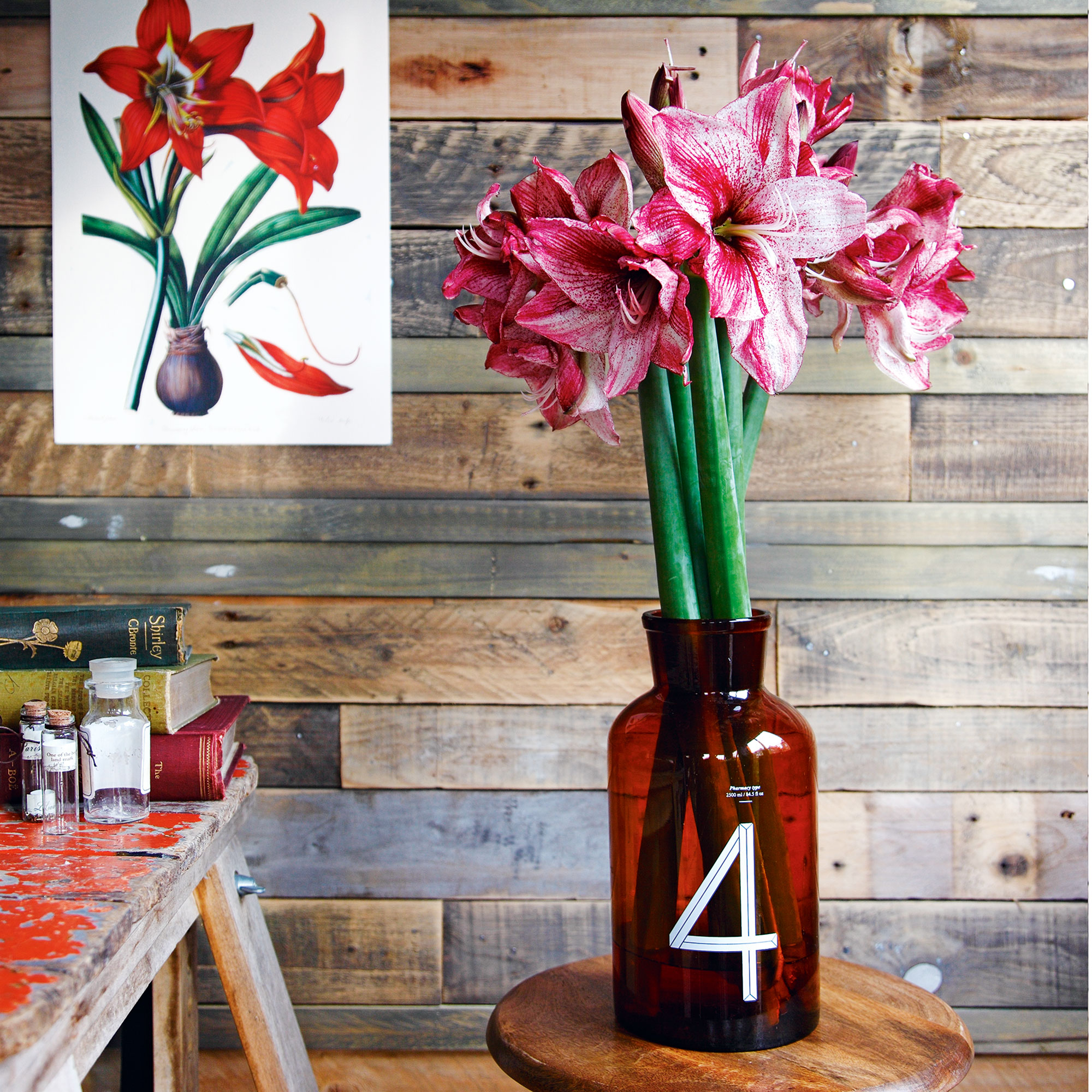
Because of this, you have a pretty large window for choosing the best time to plant amaryllis. This winter flower can be flexible and work around your own blooming requirements as long as you’ve planted the bulbs before the cut-off point, which is usually late January or February at a push.
You could even use this flexibility to your advantage if you’re keeping these flowers to deck your home with festive cheer, and you could opt to stagger planting and plant amaryllis bulbs a few weeks apart from each other. This will allow you to enjoy the vibrant flowers throughout winter and until Easter.
And when you’ve chosen the right time, you can then follow the steps to plant amaryllis bulbs in pots. Just remember that they like to stay warm and feel the sun on their leaves, so you’ll need to find the perfect spot to keep them over winter.
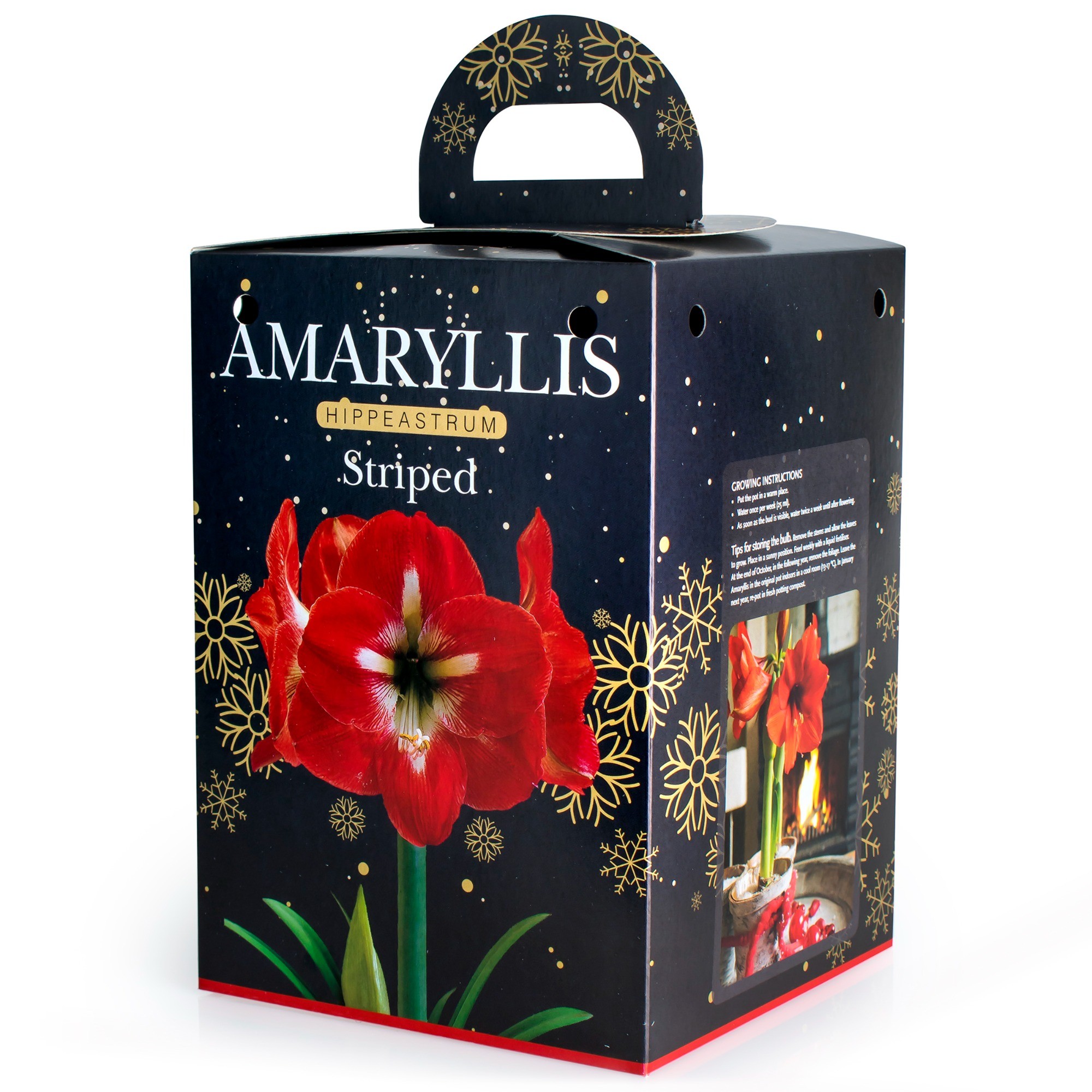
This amaryllis comes in a lovely gift box, so you can choose to either keep it for yourself or gift it to someone you love. Plus, it's a stunning variety.
FAQs
How late can you plant amaryllis?
The window to plant amaryllis is pretty wide, and you can technically do this anytime between September and January. Planting in September will ensure that your amaryllis will bloom for Christmas, but you can also plant amaryllis for late winter blooms.
Just make sure that you don’t plant amaryllis any later than January, as you may find that it takes longer to bloom. The worst-case scenario is that it won’t flower at all.
Should I soak amaryllis bulbs before planting?
Yes, most experts would advise soaking amaryllis bulbs before planting. This will soften the bulb and give it the start it really needs to grow successfully. It can also help your amaryllis grow faster.
However, you don’t need to soak the whole bulb, as soaking the roots should be enough. So, balance your amaryllis bulb over a glass of water so the roots touch the water.
After a day or so of soaking, your amaryllis bulbs should be ready for planting.
Do amaryllis bulbs multiply?
Yes, amaryllis bulbs do multiply! And while this plant does enjoy being in a small pot and sharing its space with other bulbs, it’s a good idea to divide your bulbs and separate them from the mother bulb every so often.
You should do this either in autumn or late winter, either before or after its prime blooming period. If you do this before blooming, you will likely find that your amaryllis plant produces more flowers and stays flowering for longer as it’s no longer competing for water and nutrients.
Whether you plan to give the gift of amaryllis this year or you want to plant amaryllis bulbs now for a blooming winter garden, this guide should have provided you with everything you need to know about this gorgeous plant.

Lauren Bradbury has been the Content Editor for the House Manual section since January 2025 but worked with the team as a freelancer for a year and a half before that. She graduated with a Bachelor’s degree in English and Creative Writing from the University of Chichester in 2016. Then, she dipped her toe into the world of content writing, primarily focusing on home content. After years of agency work, she decided to take the plunge and become a full-time freelancer for online publications, including Real Homes and Ideal Home, before taking on this permanent role. Now, she spends her days searching for the best decluttering and cleaning hacks and creating handy how-to guides for homeowners and renters alike, as well as testing vacuums as part of her role as the Ideal Home Certified Expert in Training on Vacuums, having spent over 110 hours testing different vacuum models to date!
-
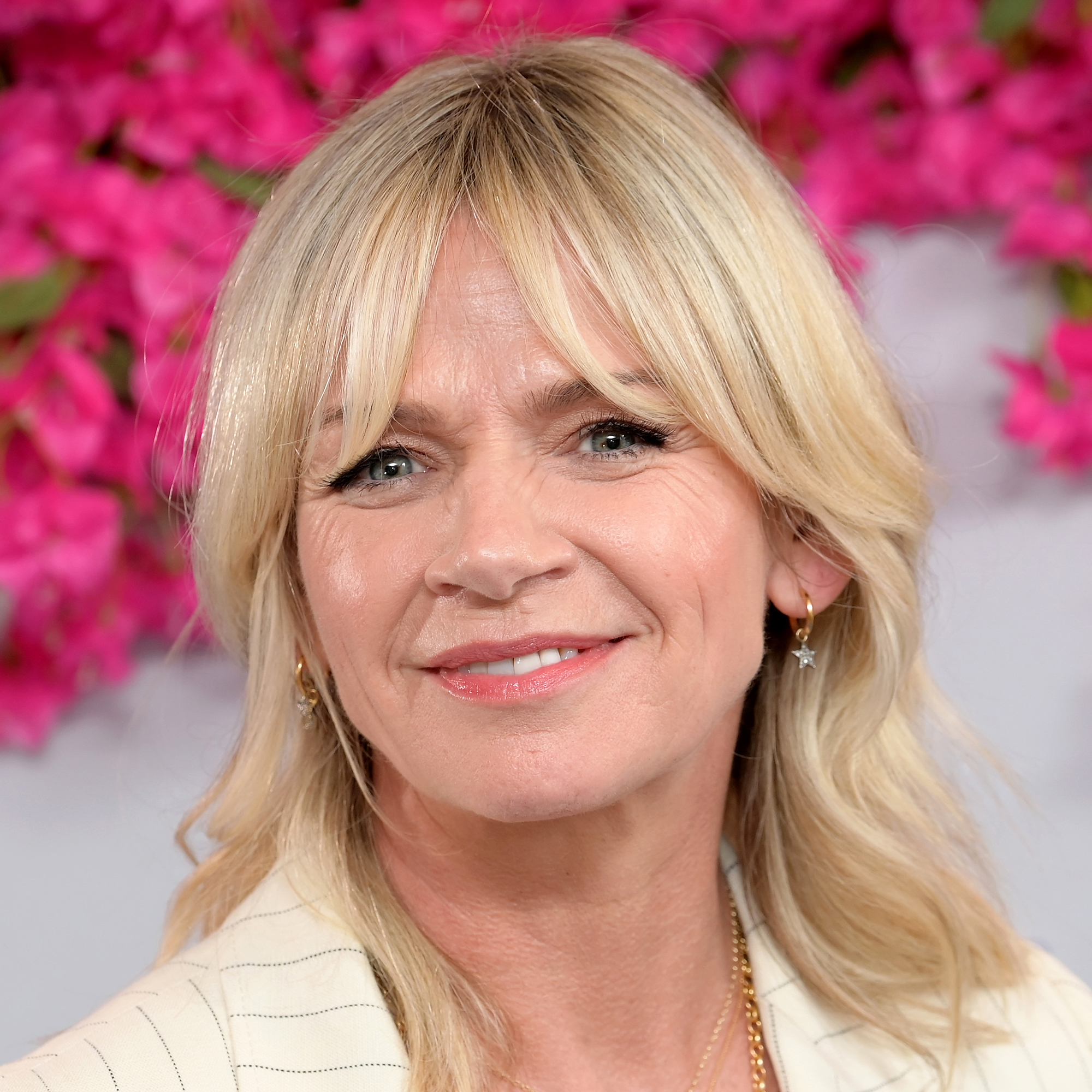 Zoe Ball's colourful kitchen island shows how easy it is to create a characterful cooking space - here's how she did it
Zoe Ball's colourful kitchen island shows how easy it is to create a characterful cooking space - here's how she did itBeing brave with colour will reap huge rewards
By Holly Cockburn
-
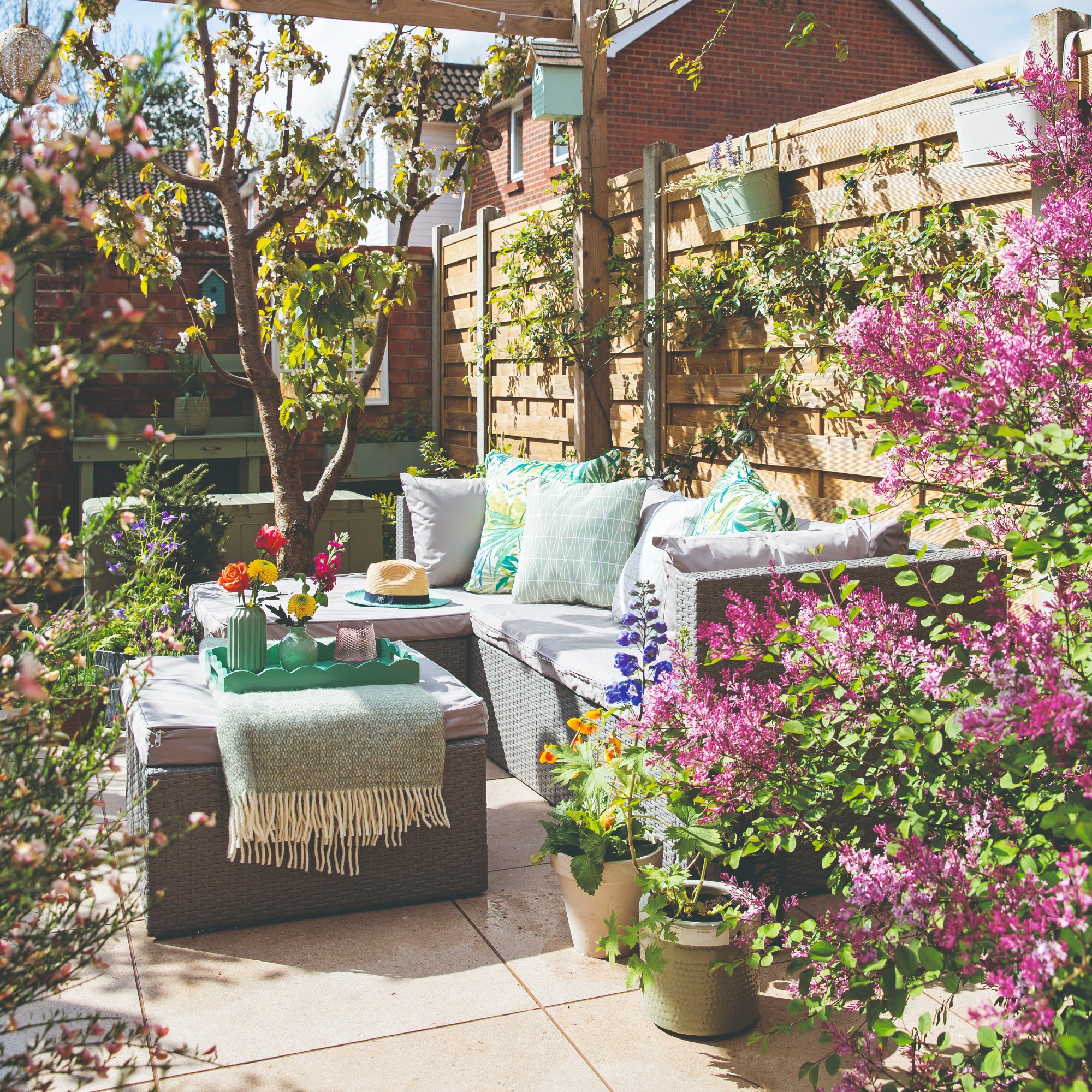 7 plants that will make your patio smell gorgeous - the top fragrant picks experts recommend potting up
7 plants that will make your patio smell gorgeous - the top fragrant picks experts recommend potting upFrom aromatic flowers to fragrant herbs
By Kayleigh Dray
-
 I won't gatekeep - Magimix's new small kitchen-friendly mini chopper is my secret to delicious lazy dinners
I won't gatekeep - Magimix's new small kitchen-friendly mini chopper is my secret to delicious lazy dinnersMy homemade pesto pasta has never been better
By Holly Cockburn
-
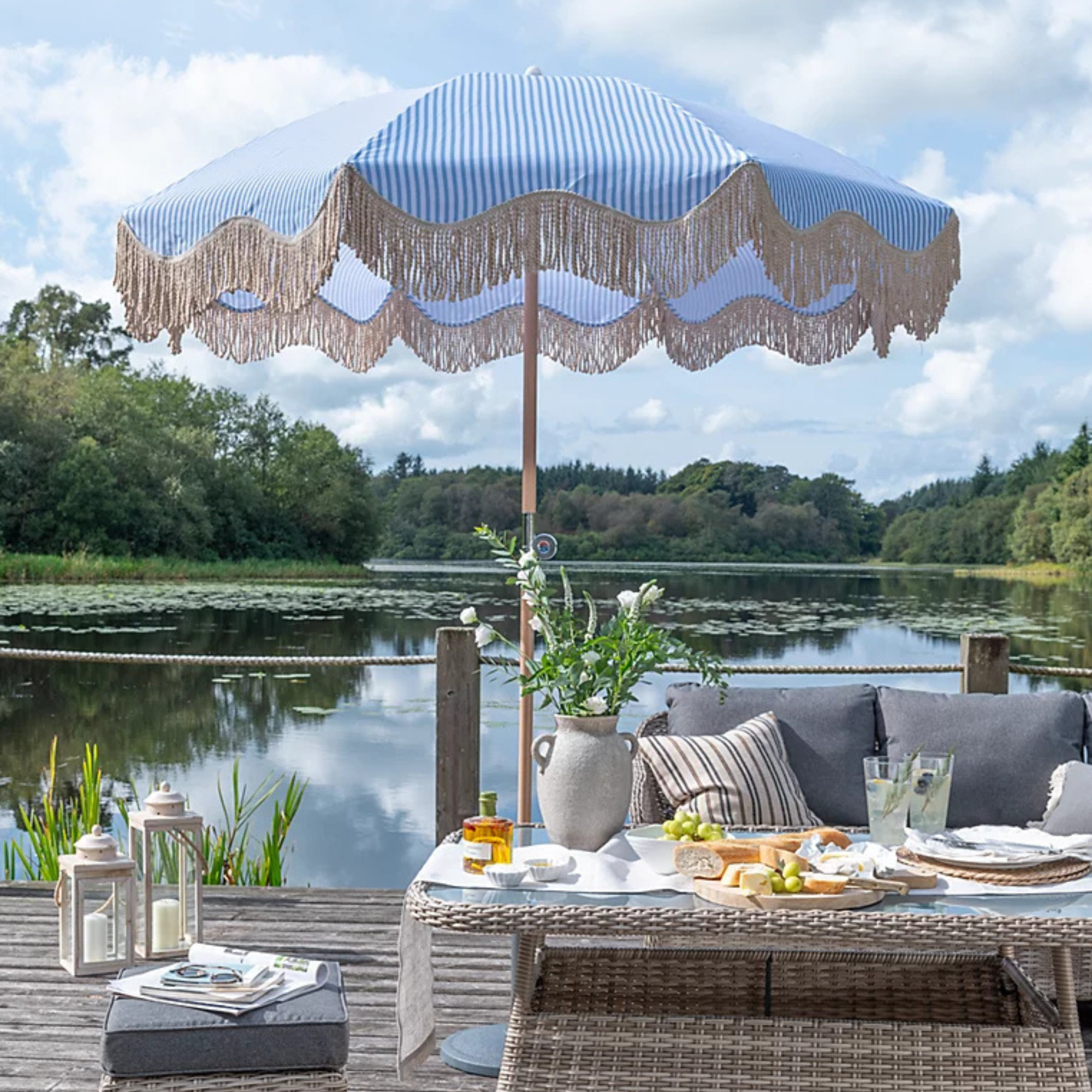 George Home’s sold-out striped parasol is finally back in stock - but this elegant design is expected to sell out again fast
George Home’s sold-out striped parasol is finally back in stock - but this elegant design is expected to sell out again fastI can't get enough of its whimsical design, too
By Kezia Reynolds
-
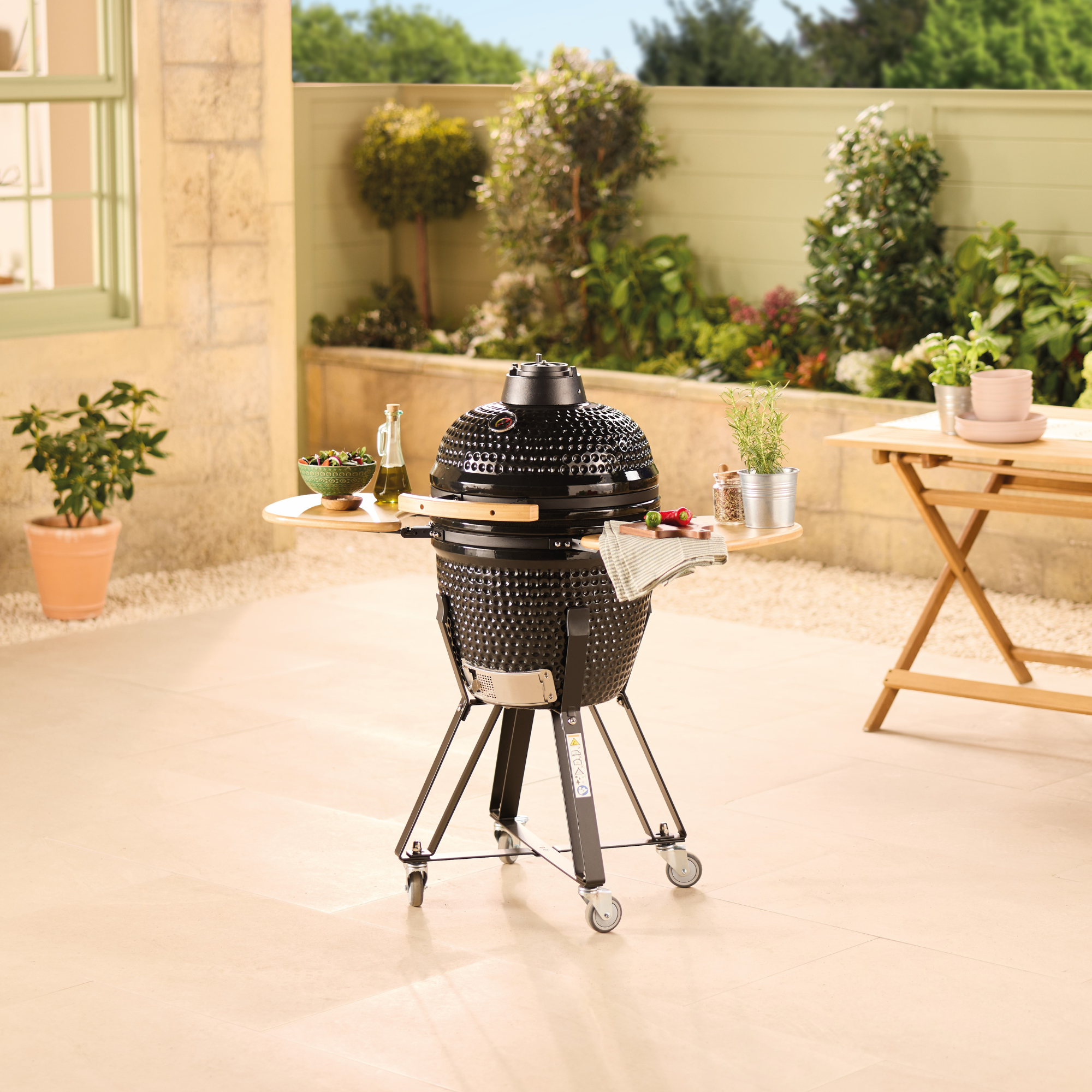 Aldi’s cult Kamado BBQ is returning to stores and it's £100 cheaper than before
Aldi’s cult Kamado BBQ is returning to stores and it's £100 cheaper than beforeThis budget BBQ is only a fraction of the price of this celebrity favourite
By Kezia Reynolds
-
 Shoppers can’t get enough of The Range’s lemon tree, but I’ve found an even cheaper bestseller at B&Q - it’s perfect for a Mediterranean look
Shoppers can’t get enough of The Range’s lemon tree, but I’ve found an even cheaper bestseller at B&Q - it’s perfect for a Mediterranean lookWelcome the summer with this glorious fruit tree
By Kezia Reynolds
-
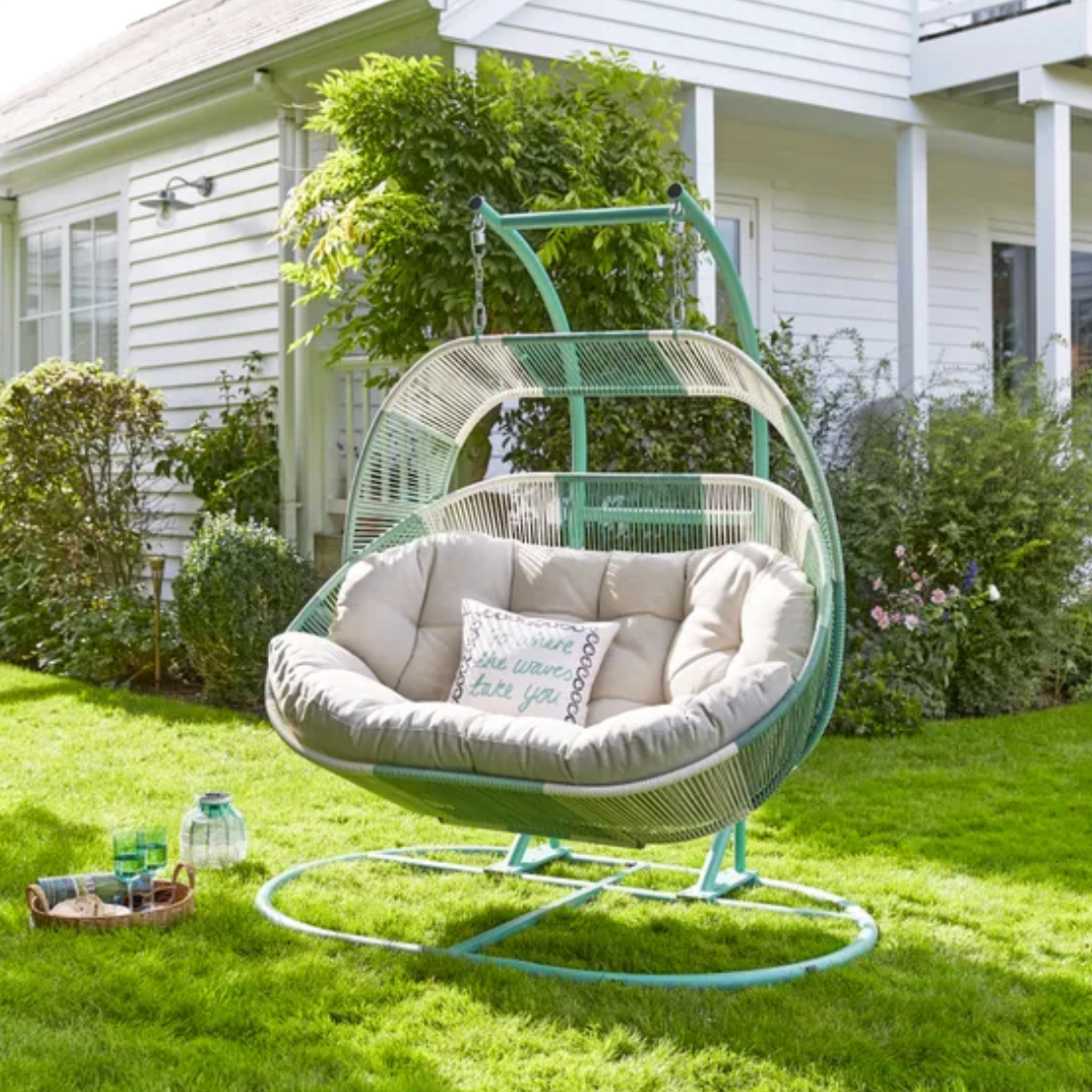 I'm a stylist with an eye for expensive-looking high street finds – these 6 garden furniture pieces at Dunelm are on my radar
I'm a stylist with an eye for expensive-looking high street finds – these 6 garden furniture pieces at Dunelm are on my radarThese pieces all look more than their price tag
By Laurie Davidson
-
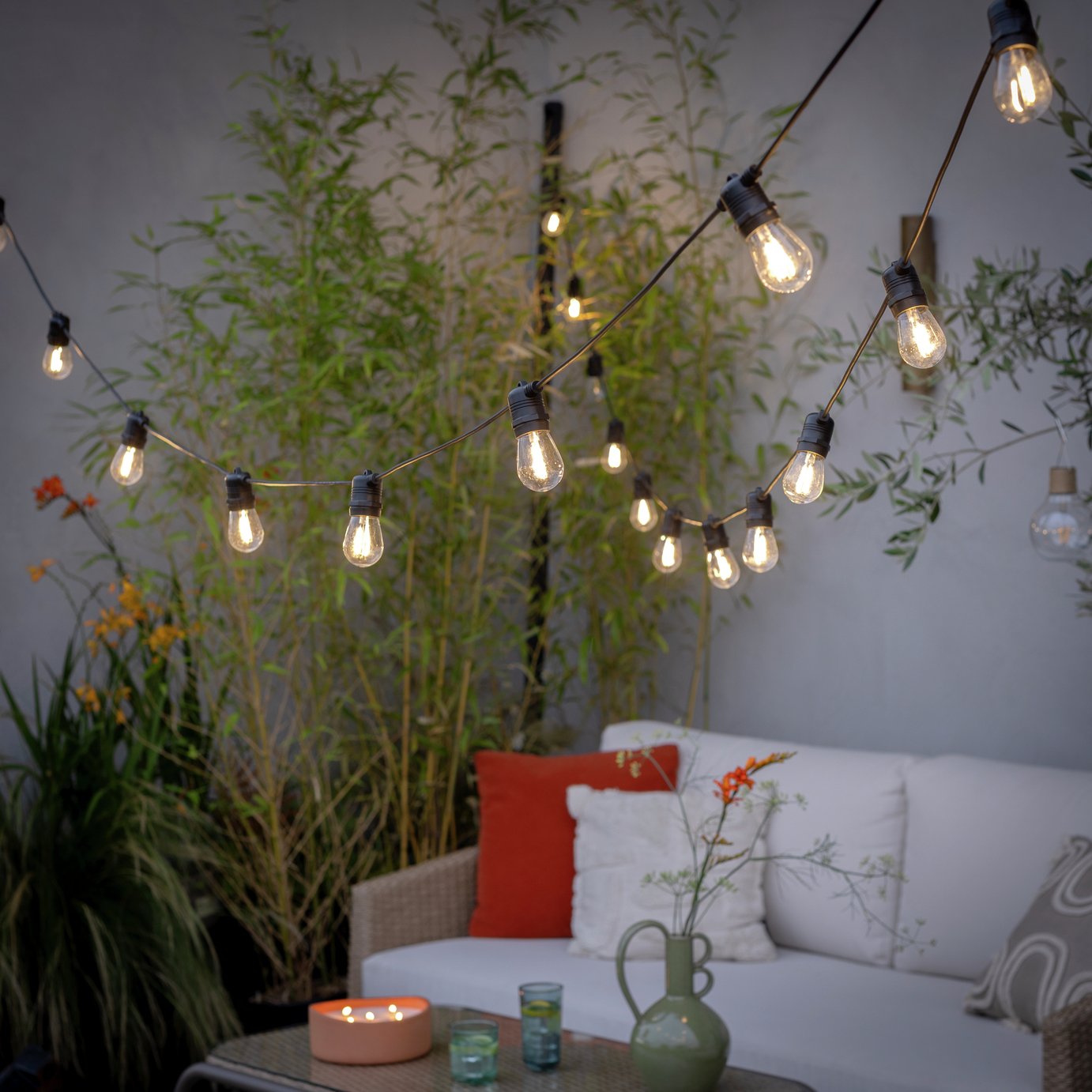 The 6 outdoor lights from Habitat that I'm choosing between to make my outdoor space look more expensive this summer
The 6 outdoor lights from Habitat that I'm choosing between to make my outdoor space look more expensive this summerI couldn’t believe some of the prices
By Ellis Cochrane
-
 Aldi is launching a £200 day bed with four different features - its sleek design is suited to the whole family
Aldi is launching a £200 day bed with four different features - its sleek design is suited to the whole familyYou don't want to miss out on this Specialbuy
By Kezia Reynolds
-
 I’m seeing pastel garden furniture at all my favourite brands this spring, but QVC’s sorbet collection impressed me the most
I’m seeing pastel garden furniture at all my favourite brands this spring, but QVC’s sorbet collection impressed me the mostFresh pastel shades are a great way to liven up your outdoor space
By Kezia Reynolds
-
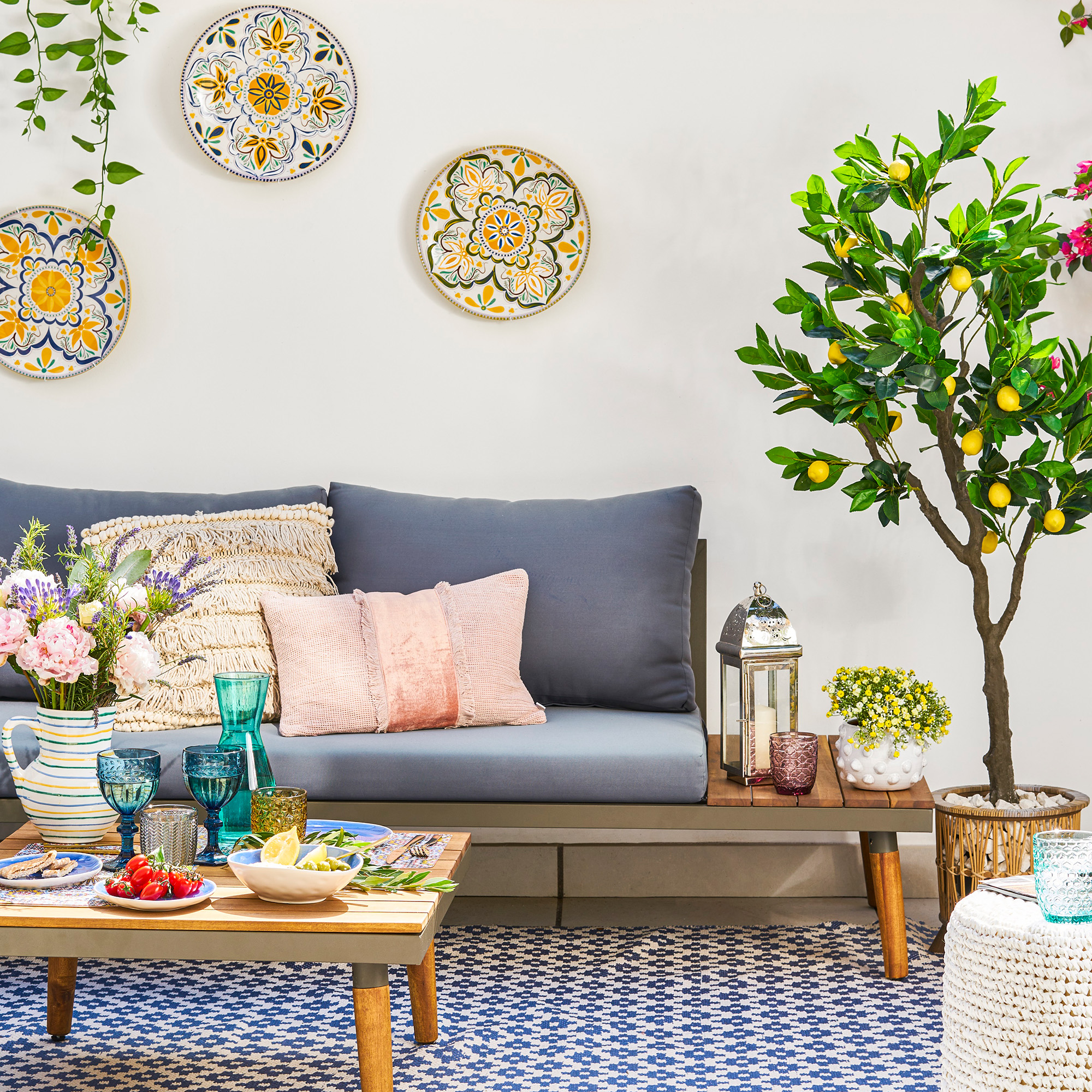 I spent the afternoon looking through Wayfair's garden sale – these are the 6 pieces I'm buying immediately for summer
I spent the afternoon looking through Wayfair's garden sale – these are the 6 pieces I'm buying immediately for summerThese are my must-have garden buys from the sale
By Holly Reaney
